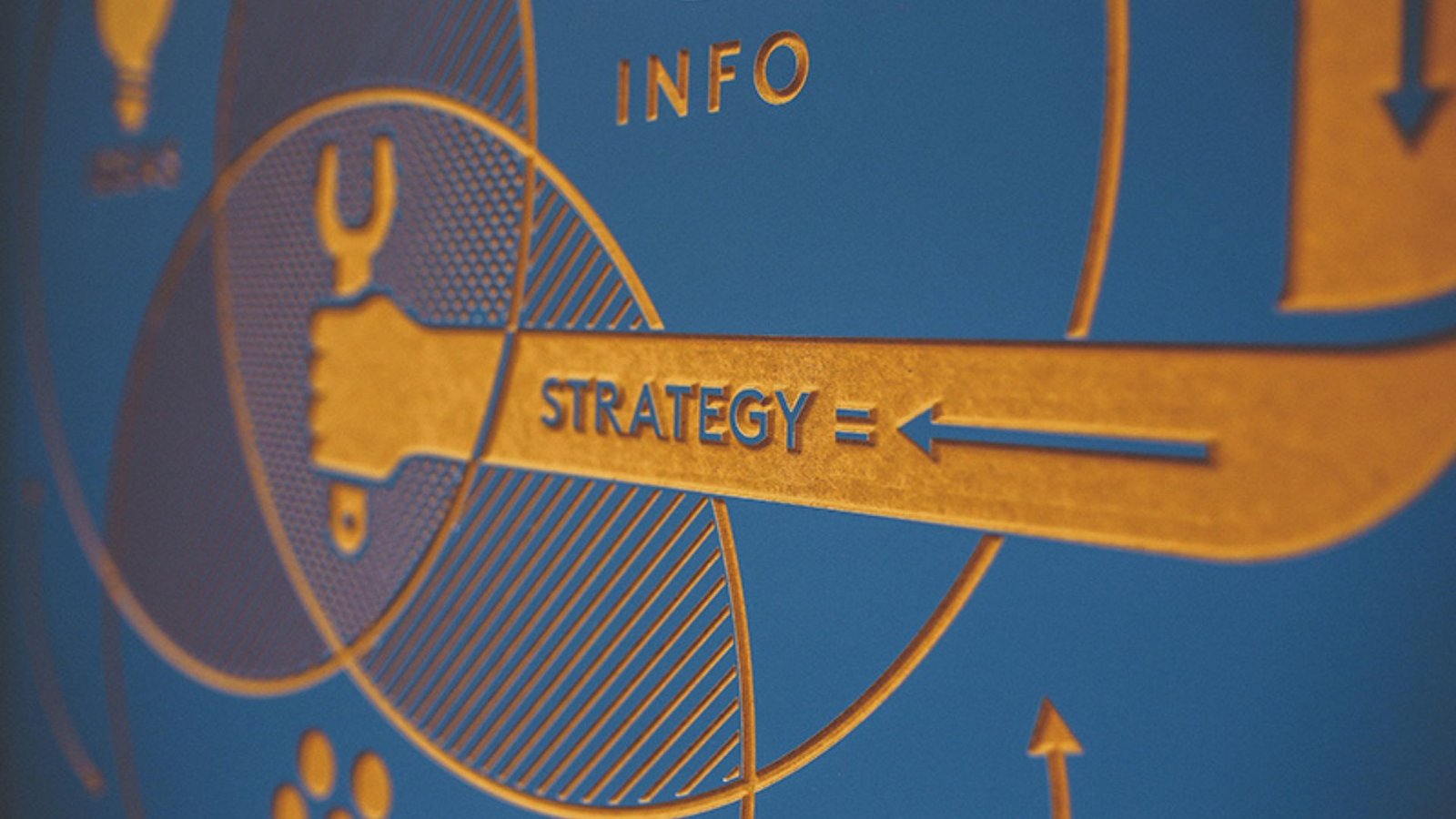Effective government communication is essential for building trust, ensuring transparency, and engaging with the public. When government agencies and officials communicate clearly and openly, it helps citizens understand policies, participate in civic activities, and comply with regulations. However, achieving effective government communication requires thoughtful strategies and a commitment to clear, accessible messaging. Here are some key strategies for effective government communication that can help bridge the gap between government and the public.
Understand the Importance of Effective Government Communication
Effective government communication is crucial for fostering public trust and confidence. When the government communicates effectively, it promotes transparency, accountability, and public understanding. Clear communication helps prevent misinformation, reduces confusion, and ensures that citizens are well-informed about important issues, such as public health, safety, and policy changes. By prioritizing effective communication, government agencies can strengthen their relationship with the public and enhance the overall effectiveness of their programs and initiatives.

Use Clear and Simple Language
One of the fundamental strategies for effective government communication is using clear and simple language. Government messages should be easily understandable by a broad audience, including individuals with varying levels of education and literacy. Avoid using jargon, technical terms, or complex language that might confuse or alienate the public. Instead, focus on concise, straightforward messaging that conveys information accurately and efficiently. Plain language helps ensure that everyone can understand the government’s message, leading to better-informed citizens.
Be Transparent and Honest
Transparency is a key component of effective government communication. Citizens expect their government to be open and honest about policies, decisions, and public issues. Providing accurate and timely information fosters trust and credibility. When communicating, be honest about the facts, even if the news is unfavorable. Acknowledge mistakes, provide explanations, and offer solutions when issues arise. Transparent communication helps build public confidence and promotes a culture of accountability within government institutions.
Leverage Multiple Communication Channels
To reach a diverse audience, it is essential to use multiple communication channels. Different segments of the population may prefer different methods of communication, such as social media, websites, television, radio, or print media. By leveraging various channels, government agencies can ensure that their messages reach as many people as possible. Using a mix of traditional and digital media allows for a broader reach and accommodates the preferences of different demographic groups, making communication more effective.
Engage with the Public Through Social Media
Social media platforms have become valuable tools for effective government communication. They provide an opportunity for real-time interaction with the public and can help disseminate information quickly. Use social media to share updates, announcements, and emergency alerts. Engage with citizens by responding to comments, answering questions, and addressing concerns. Social media also allows for two-way communication, enabling the government to gather feedback and understand public sentiment, which can inform policy decisions and communication strategies.
Prioritize Accessibility in Communication
Accessibility is a critical aspect of effective communication. Ensure that all communication materials are accessible to individuals with disabilities and those who speak different languages. Provide alternative formats, such as large print, braille, audio, and translations, to accommodate diverse needs. Websites, videos, and documents should comply with accessibility standards to ensure that everyone, regardless of their abilities, can access and understand government information. Prioritizing accessibility demonstrates a commitment to inclusivity and ensures that no one is left out of important conversations.
Utilize Visuals and Infographics
Visuals and infographics can enhance the effectiveness of government communication by making information more engaging and easier to understand. Use charts, graphs, and images to illustrate data, explain complex concepts, and highlight key points. Visuals can simplify information, making it more memorable and impactful. Infographics are especially useful for summarizing large amounts of information and presenting it in a visually appealing way. Incorporating visuals into communication materials can help capture the audience’s attention and improve information retention.
Establish Clear Communication Objectives
Having clear communication objectives is essential for effective communication. Define what you want to achieve with your communication efforts, whether it’s informing the public about a new policy, encouraging behavior change, or addressing a public concern. Clear objectives guide the development of your communication strategy, help you stay focused, and ensure that your messages align with your goals. Knowing your objectives also allows you to measure the success of your communication efforts and make necessary adjustments.
Conclusion
Effective government communication is essential for building public trust, ensuring transparency, and engaging citizens in the democratic process. By using clear language, leveraging multiple communication channels, prioritizing accessibility, and engaging with the public, government agencies can communicate effectively and foster a positive relationship with the community. Implementing these strategies for effective government communication helps ensure that citizens are well-informed, engaged, and confident in their government’s actions.

